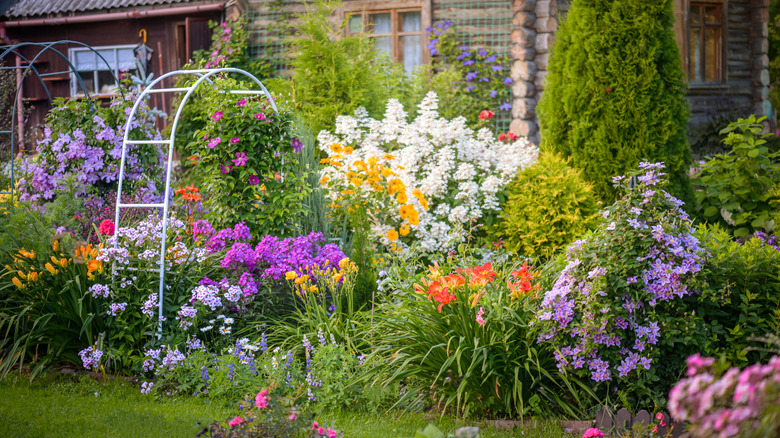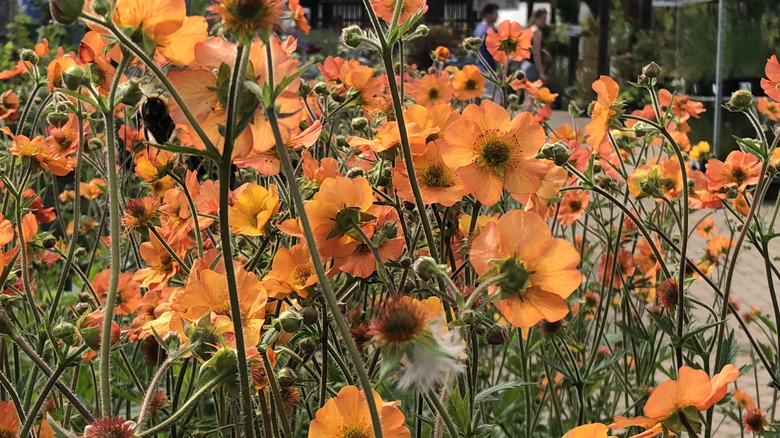Beautify Your Garden Beds With One Vibrant Long-Blooming Flowering Addition
While there are a wide variety of stunning flowers you can fill your garden beds with, it's always a good idea to include some long blooming perennial plants in addition to your annuals. This way you can count on your garden coming back year after year, even if you don't get a chance to add in new annuals. Some of the most beautiful perennials to consider for your garden are geums.
Geums, also sometimes called avens, are a genus of flowering perennials which bloom in a variety of brilliant colors, ranging from whites and yellows to bright pinks and reds. They are found throughout the northern hemisphere and some, like prairie smoke (Geum triflorum), are even native to North America. Even the non-native species are not prone to becoming invasive or overly aggressive, so you have a wide range of species and cultivars you can choose from when deciding on geums for your garden. Their long blooming period, which often spans from late spring into summer, makes them perfect for bringing pollinators to your garden and providing you with long lasting color.
Caring for geums in your garden
Geums can be purchased as seeds or young plants, depending on the specific species and cultivars you're interested in. While they are generally hardy in zones 3 through 9, this also differs somewhat by species. And prairie smoke geums are hardy in zones 3 through 7. Geums thrive in full to part sun and require well draining soil to flourish and survive wet winters.
Because geums benefit from yearly dividing, it should only take a few years to have a full garden of these stunning plants. They should be divided in late summer, after they have finished blooming for the season. This is also the best time to transplant them, if you need to relocate your geums. As they rarely grow past 2 feet wide and tall, geums are perfect for putting towards the front of garden beds. While you can deadhead your geums while deadheading your garden's other flowers, many people opt to let their flowers go to seed, so they can enjoy the distinctive wispy seed heads.

